Torque is an important parameter in motor testing. Especially in the evaluation of motor efficiency, torque is an indispensable measurement. The accuracy of torque measurement is directly related to the correctness of motor efficiency evaluation. The torque measurement methods currently used can be classified into a balance force method, a transfer method, and an energy conversion method according to the measurement principle.
First, the balance methodFor a transmission mechanical component in a uniform working state, a pair of torques T and T' must exist simultaneously on the main shaft and the body, and the two are equal in magnitude and opposite in direction. The method of measuring T on the spindle by measuring T' on the body is called the balance force method. Let F be the force on the arm and L be the length of the arm, then T' = LF. T' and T can be obtained by measuring the force F and the force arm L. The advantage of the balance force method is that there is no problem of transmitting the torque signal, and the force F on the force arm is easy to measure; the disadvantage is that the measurement range is limited to the uniform speed operation state, and the dynamic torque measurement cannot be completed.
Second, the transfer methodThe transfer method utilizes a certain degree of change in the physical parameters of the elastic member when the torque is transmitted. Torque is measured using this change in torque versus torque. According to different physical parameters, the transfer method can be further divided into magnetoelastic, strain, vibrating wire, photoelectric, etc. The current transfer method is the most widely used in the field of torque measurement.
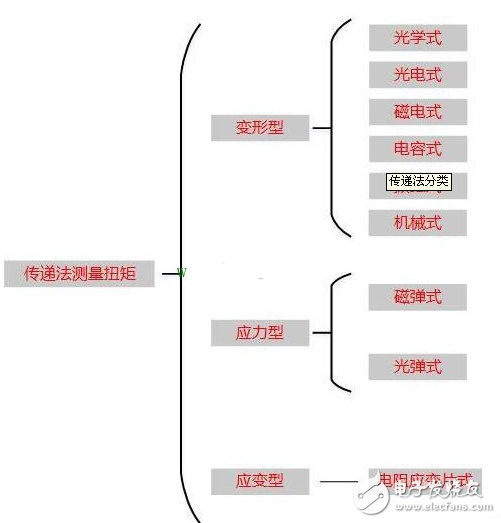
Figure 1 Classification of transmission methods
1. Photoelectric torque measurement method
Two disc-shaped gratings with the same number of openings are fixed on the rotating shaft, and the photoelectric element and the fixed light source are respectively fixed on both sides of the grating. When the rotating shaft has no torque, the light and dark stripes of the two gratings are staggered, completely blocking the optical path, and no The light hits the photosensitive element and does not output an electrical signal; when the torque acts, the cross-section of the two disc-shaped gratings produces a relative rotation angle, and the light and dark stripes partially overlap, and part of the light passes through the grating to the photosensitive element to output an electrical signal. The larger the torque value, the larger the torsion angle. The greater the intensity of the light that strikes the photosensitive element, the larger the output electrical signal. The measured output electrical signal can measure the magnitude of the applied torque.
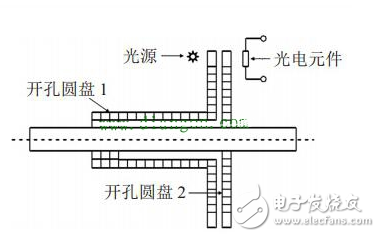
Figure 2 Principle of photoelectric torque measurement
The method has the advantages of fast response speed and real-time monitoring of torque; the disadvantages are complicated structure, difficult static standard, poor reliability, poor anti-interference ability, and the measurement accuracy is greatly affected by temperature changes. This method is not suitable for torque measurements for just starting and low speed shafts.
2. Magnetoelectric torque measurement method
Two identical gears are mounted on the elastic shaft, the magnetic core and the coil constitute a signal acquisition system, and a small gap is reserved between the tooth tip and the magnetic core. When the shaft rotates, two alternating electromotive forces are respectively induced in the two coils. And the alternating electromotive force is only related to the relative position and intersection position of the magnetic cores of the two gears, and the corresponding torque value can be obtained by detecting the magnitude of the electromotive force.
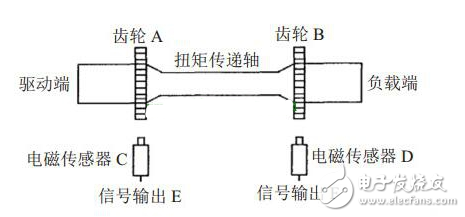
Figure 3 Principle of magnetoelectric torque measurement
The method has the advantages of high precision, low cost and reliable performance, and is non-contact measurement, that is, no power supply and intermediate transmission link are required; the disadvantage is that the structure is complicated, the frequency response is limited, the manufacturing is difficult, the response time is long, and the corresponding sensor The size and quality are large, and the signal is small at low speeds and difficult to balance at high speeds. Magnetoelectric torque measurement is suitable for measuring torque that produces a large angular displacement and is capable of measuring start and low speed torque. Due to its poor dynamic characteristics, it is not suitable for torque measurement of high speed rotating shafts.
3. Vibrating wire torque measurement method
Using the function of the natural frequency of the vibrating string and the tension, the force is converted into electric quantity, and the electric quantity value is first converted into the force, and then the corresponding torque value is calculated.
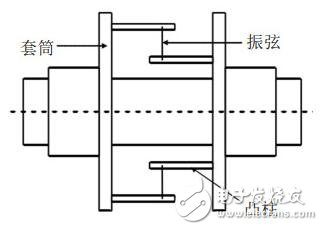
Figure 4 vibrating wire torque measurement schematic
The utility model has the advantages that the transmission shaft can be directly used as the torsion axis for measurement; the frequency signal transmission mode is adopted, and the anti-interference performance is good; the sensor part is separated from the force measurement axis, which is convenient for measurement on a ship or a vehicle; the disadvantage is that the structure is complex and the sensitivity is low. The measurement accuracy is low, and the elastic deformation of the elastic shaft is required to be high. This method is suitable for torque measurement of large shafts and not for high speed shafts.
4. Magnetic elastic torque measurement method
Magnetoelastic torque measurement refers to a method of using the magnetoelastic effect of ferromagnetic materials and other alloy materials to achieve torque measurement. In the magnetic field, torque is applied to the elastic axis of the ferromagnetic material, and the change in magnetic permeability will reflect The magnetization of the ferromagnetic material changes, so the torque signal can be obtained by measuring the change in magnetic permeability.
The method has the advantages of high sensitivity, good stability, non-contact measurement, large output power, fast response speed, good overload capability, convenient installation and use, strong anti-interference ability, simple structure and circuit, and can work in harsh environments. The disadvantage is that there is an "arc modulation" error, which limits its application; the magnetic permeability distributed along the circumference of the torsion axis has inherent deviation, and its measurement accuracy is relatively low. Only the stress value of the magnetostrictive layer material is measured, and There is still an error in the required torque value. Magnetoelastic torque measurement methods are widely used in marine power plants, steel rolling, oil drilling rigs and CNC locomotives.
5. Strain gauge torque measurement
The torque will cause a certain strain on the drive shaft, and this strain is proportional to the magnitude of the torque. Therefore, the resistance strain gauge can be used to detect the corresponding torque. Torsional deformation occurs when the drive shaft is subjected to torque. The maximum shear strain is generated at an angle of 45° to the axis, and the resistance strain gauge is attached in this direction to detect the torque received by the drive shaft. The working principle is as shown below:
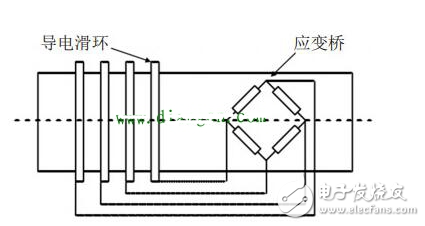
Figure 5 Strain gauge torque measurement principle
The advantages of strain gauge torque measurement method are simple structure, high sensitivity, strong adaptability, low cost, simple operation, mature technology, wide application range, high measurement accuracy, fast response, stable and reliable performance, good temperature compensation performance and adaptability. Harsh environment; its disadvantages are humidity, temperature, adhesive and other factors will affect the accuracy of the measurement, and the anti-interference ability is poor, this method is not suitable for the torque measurement of high-speed shaft.
Third, the energy conversion method
The energy conversion method refers to indirect measurement of torque by measuring other parameters such as heat energy and electric energy according to the law of conservation of energy. At present, the TN4000 electronic torque meter introduced by Galaxy Electric is the principle to measure the motor torque. The TN4000 electronic torque meter uses the law of conservation of energy to measure torque through high-precision measurement of electrical parameters, temperature, speed and other parameters. The TN4000 electronic torque meter is a comprehensive instrument that not only can easily measure torque, but also the voltage of the motor. Parameters such as current, power, and speed can be accurately measured, and additional couplings are not required for torque measurement, which reduces the difficulty of field operation.
FM AM Antenna,FM AM Radio Antenna,FM AM Antenna for CAR,Fm AM Antenna Marine,FM AM Antenna for home Stereo
Yetnorson Antenna Co., Ltd. , https://www.xhlantenna.com